Getting beyond symbolism to substance
The start of 2021 saw the historic inauguration of Vice President Kamala Harris as our country’s second most powerful person — the first time a woman has had the distinction of serving in the role.
President Joe Biden has also nominated and appointed a record number of women and people of color to his administration, several of whom are pioneers in their respective offices. And several Black women broke barriers this year to become the first mayors of their race and gender in cities across the country.
Many of these “firsts” stepped into the spotlight and were touted for their ceiling-breaking accomplishments. But what does it all really mean?
Less attention has been paid, particularly at the national level, to their actual governing. What they do in office is at least as important for changing attitudes and imaginations in our democracy about who gets to lead as the novelty in them being first. How they perform directly impacts what representation and power look like, and how the leadership of women, ethnic minorities, and other marginalized groups becomes normalized in our political coverage.
Recent headlines about Harris have ranged from a focus on disarray in her office to incredulity over her use of Bluetooth headphones to an uproar over her purchase of an expensive cooking pot during a diplomatic trip to France.
Harris is being urged to reset her tenure as bad press fuels questions about her competency and political future. Similar public scrutiny has been lobbed at countless elected politicians at some point in their tenure. And everyone moves on. The difference here is that historic and institutional firsts are easier targets because of their newness.
To be curious as journalists is not to treat these candidates and elected officials as curiosities. Stories that show them just doing their jobs — shaping and implementing policy, meeting with local, state, national, and world leaders, even interacting with their families — display their leadership in ways that capture both the political with the personal and help to familiarize the foreign.
As journalists, holding the powerful accountable through reporting that evaluates their leadership isn’t just fair game — it’s part of our job. Harris’ political and governing missteps as vice president are newsworthy. And while palace intrigue and cultural moments also come with covering any administration, such coverage should be balanced with stories on what women and ethnic minority leaders like the vice president are actually doing on the issues they can reasonably influence.
Next year presents a fresh opportunity for journalists to get past the sparkle of the “first” and into the substance of how women and people of color campaign, get elected, and govern. At least five Black women will attempt to become America’s first Black woman governor. Getting beyond their symbolism to scrutinize their campaigns and policy pledges — as we should do with any candidate — helps voters to envision a competent person of any gender or color in roles that have been traditionally filled by people who are male and white.
We would do well not to let our initial coverage of these firsts be the last words we write on their political careers. Otherwise, we risk reducing the potentially transformative to the performative.
Errin Haines is editor-at-large at The 19th.

The start of 2021 saw the historic inauguration of Vice President Kamala Harris as our country’s second most powerful person — the first time a woman has had the distinction of serving in the role.
President Joe Biden has also nominated and appointed a record number of women and people of color to his administration, several of whom are pioneers in their respective offices. And several Black women broke barriers this year to become the first mayors of their race and gender in cities across the country.
Many of these “firsts” stepped into the spotlight and were touted for their ceiling-breaking accomplishments. But what does it all really mean?
Less attention has been paid, particularly at the national level, to their actual governing. What they do in office is at least as important for changing attitudes and imaginations in our democracy about who gets to lead as the novelty in them being first. How they perform directly impacts what representation and power look like, and how the leadership of women, ethnic minorities, and other marginalized groups becomes normalized in our political coverage.
Recent headlines about Harris have ranged from a focus on disarray in her office to incredulity over her use of Bluetooth headphones to an uproar over her purchase of an expensive cooking pot during a diplomatic trip to France.
Harris is being urged to reset her tenure as bad press fuels questions about her competency and political future. Similar public scrutiny has been lobbed at countless elected politicians at some point in their tenure. And everyone moves on. The difference here is that historic and institutional firsts are easier targets because of their newness.
To be curious as journalists is not to treat these candidates and elected officials as curiosities. Stories that show them just doing their jobs — shaping and implementing policy, meeting with local, state, national, and world leaders, even interacting with their families — display their leadership in ways that capture both the political with the personal and help to familiarize the foreign.
As journalists, holding the powerful accountable through reporting that evaluates their leadership isn’t just fair game — it’s part of our job. Harris’ political and governing missteps as vice president are newsworthy. And while palace intrigue and cultural moments also come with covering any administration, such coverage should be balanced with stories on what women and ethnic minority leaders like the vice president are actually doing on the issues they can reasonably influence.
Next year presents a fresh opportunity for journalists to get past the sparkle of the “first” and into the substance of how women and people of color campaign, get elected, and govern. At least five Black women will attempt to become America’s first Black woman governor. Getting beyond their symbolism to scrutinize their campaigns and policy pledges — as we should do with any candidate — helps voters to envision a competent person of any gender or color in roles that have been traditionally filled by people who are male and white.
We would do well not to let our initial coverage of these firsts be the last words we write on their political careers. Otherwise, we risk reducing the potentially transformative to the performative.
Errin Haines is editor-at-large at The 19th.
Ståle Grut

Joanne McNeil

Rasmus Kleis Nielsen

Sarah Stonbely

Errin Haines

Melody Kramer

Simon Allison

Kerri Hoffman

Natalia Viana

Whitney Phillips

Amy Schmitz Weiss

Kathleen Searles Rebekah Trumble

Julia Munslow

Jonas Kaiser

Amara Aguilar

Christoph Mergerson

Sam Guzik

Stefanie Murray

Michael W. Wagner

Cindy Royal

Rachel Glickhouse

Chase Davis

Burt Herman

Daniel Eilemberg

Alice Antheaume

Anthony Nadler

Jennifer Brandel

Eric Nuzum

Mary Walter-Brown

Richard Tofel

Gonzalo del Peon

Robert Hernandez

Larry Ryckman

David Cohn

Sarah Marshall

Mike Rispoli

Gordon Crovitz

Shannon McGregor Carolyn Schmitt

Julia Angwin

Juleyka Lantigua

Matt Karolian

Parker Molloy

Matt DeRienzo

Jessica Clark

Joni Deutsch

Wilson Liévano

Jody Brannon

Janelle Salanga

Joshua P. Darr

Jennifer Coogan

Kristen Jeffers
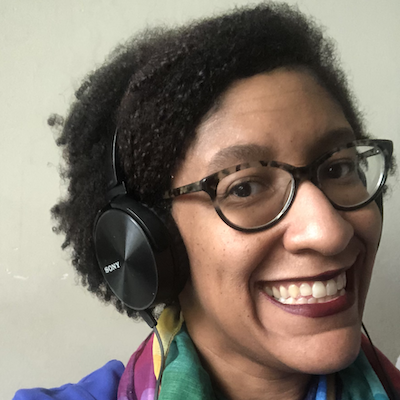
Cristina Tardáguila

Candace Amos
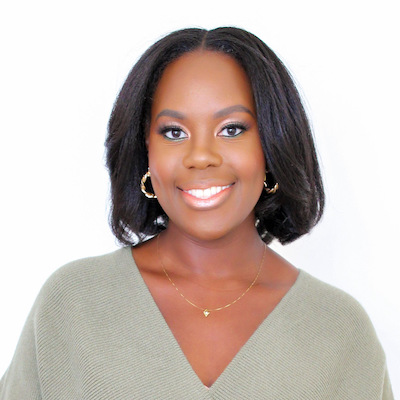
Zizi Papacharissi

Jesenia De Moya Correa
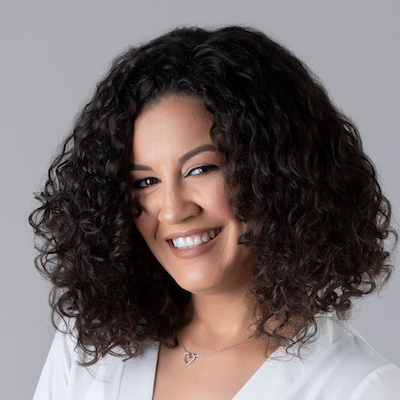
Paul Cheung

Francesco Zaffarano

Victor Pickard

Stephen Fowler

Raney Aronson-Rath

Mario García

Christina Shih

Anika Anand

Anita Varma

David Skok

Simon Galperin

Brian Moritz

Meena Thiruvengadam
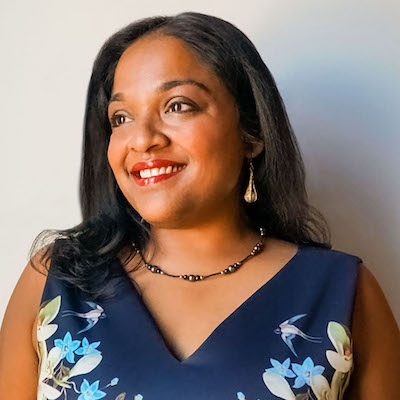
Gabe Schneider

A.J. Bauer

John Davidow

Matthew Pressman

Chicas Poderosas

S. Mitra Kalita

j. Siguru Wahutu
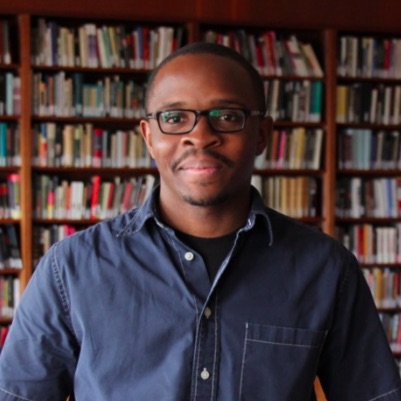
Jesse Holcomb

Shalabh Upadhyay

Cherian George
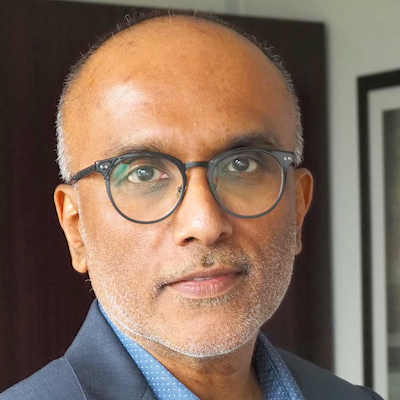
Tom Trewinnard

Joy Mayer

Doris Truong
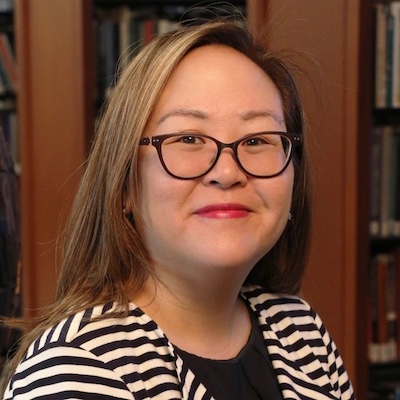
Ariel Zirulnick

Izabella Kaminska

Catalina Albeanu

Laxmi Parthasarathy

Mandy Jenkins

Megan McCarthy

Kendra Pierre-Louis

James Green

Kristen Muller

Don Day

Joe Amditis

Tamar Charney

Jim Friedlich

AX Mina

Andrew Freedman

Millie Tran

Nikki Usher

Moreno Cruz Osório

Tony Baranowski
